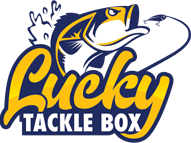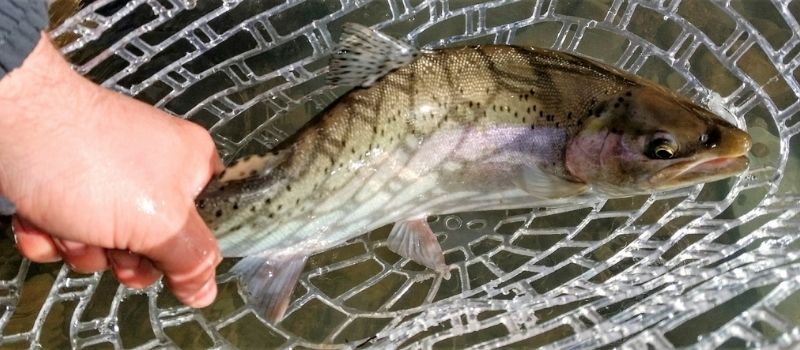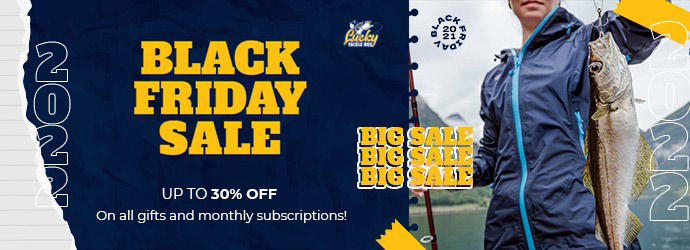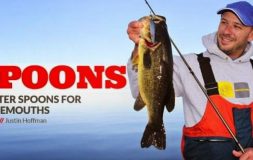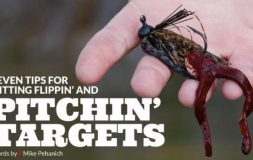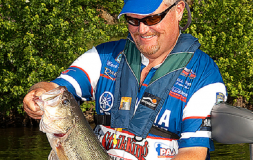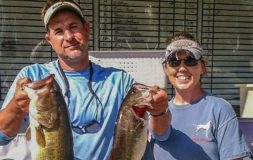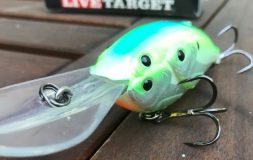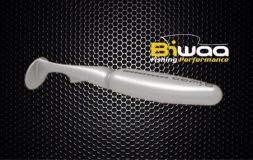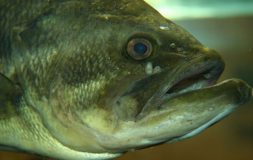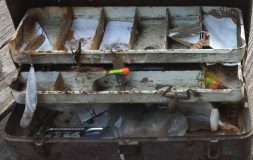Get your fly on this fall
By Colton Orbaker
Trout are spawning and steelhead are coming up to chase the salmon spawn before staging themselves. All said and done, the fall is an incredible time for fly fishing! There are many techniques for catching trout, salmon, and steelhead that fall fishing presents.
The animalistic nature of pre-spawn fish will often take us by surprise via vicious strikes on baitfish imitations, or will equally frustrate anglers with the subtlest of strikes on insect or egg imitations. Either way, follow the following late fall tips and buckle up…these fish will take you for a ride!
1. Bait Fish for BIG Fish
When searching for big fish, you can’t neglect the awesome sticking power of imitating protein-packed baitfish for big brown trout, salmon, or steelhead! Big brown trout will search for a large food source, and the instincts of salmon and steelhead will often push them to chase these intrusive imitations.
2. Change Frequency
Unlike in other seasons when drifting insect imitations over a fish or seam a few times is all you need, fall will sometimes change fish behavior in certain ocean run or lake run streams. Holding fish, or fish that are regaining strength after sometime miles of travel upstream to stage will hold in areas that consistently hold fish. Areas that hold big fish will hold big fish annually, so take the time to make dozens (or even hundreds) of drifts or swings through consistent fall producing waters. This is especially true for large lake run browns and steelhead!
3. Right in the Kisser
As temperatures change and the water cools, we all feel old man winter approaching. Fish feel this too, so after the caddis rush, and streamer/spinner mania subsides, fish will move less to feed. Think of trout as a lazy couch potato that would rather have pizza and chips delivered to him, rather than walk the ½ mile to the store to get something to eat. Fish will plop themselves in the seam that is most efficient. This means that we will need to put our imitations almost on the nose of a trout. Often times, this means using more weight and losing a few lures or flies bouncing along the bottom.
4. Don’t Be Afraid of the Cold
Cold winter-like weather still produces fish, but tactics and imitations will need to change. Typically, trout will not chase a large food source, but will be opportunistic at anything that bumps their nose. In addition, small midges will always hatch in the winter, and make up the majority of a trout’s forage source. Put a few midge (chironomid) flies under/over some split-shot and be mindful of subtle takes, and buckle up…
